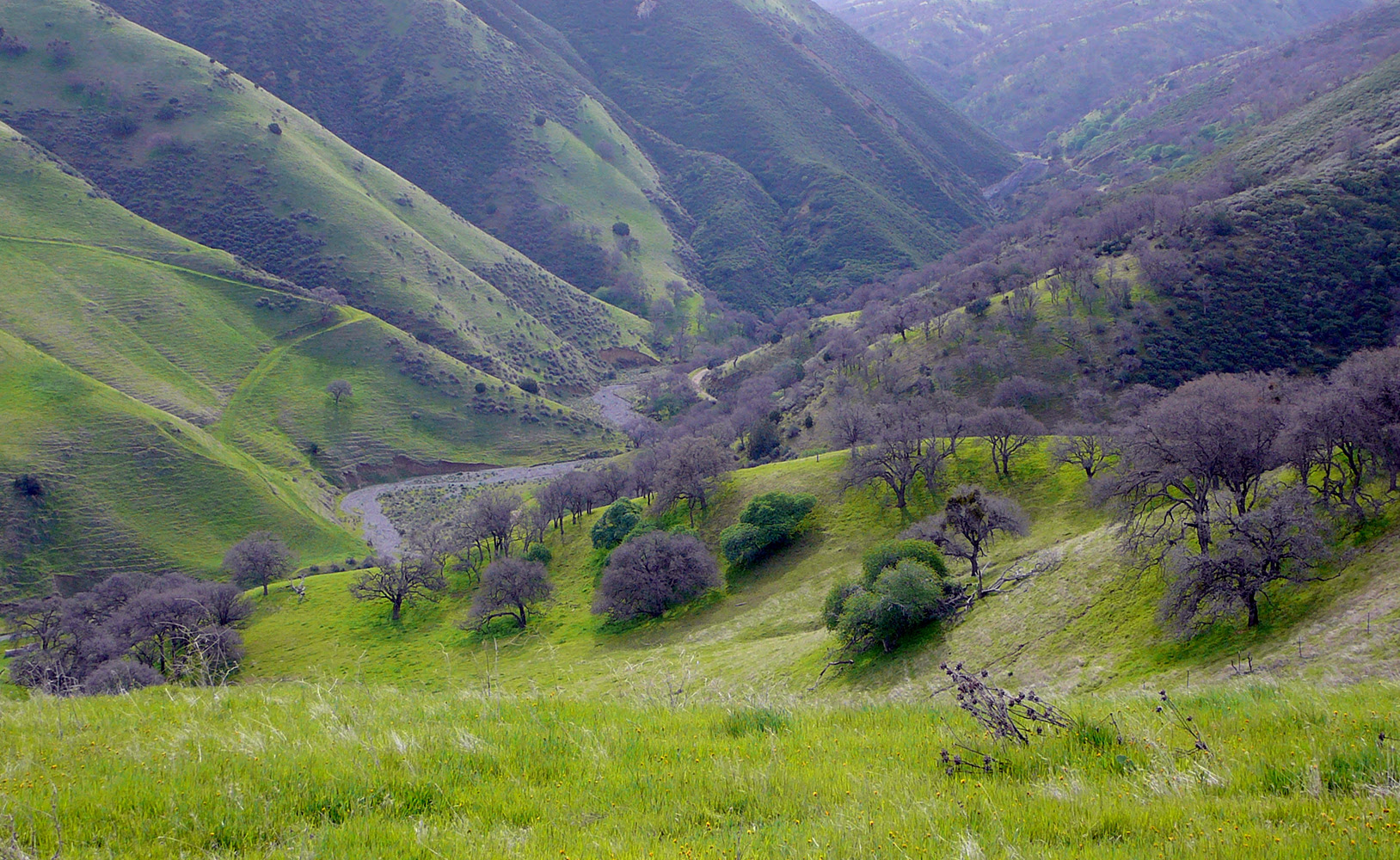Kathryn Phillips, Sierra Club California
If one thing has come out of this COVID experience that everyone ought to be able to agree upon, it is that parks are important.
They have become a vital way for Californians to exercise and calm their spirits during this pandemic. Indeed, in the early days of the pandemic, visiting state parks became so popular that the state had to shut many down until officials figured out a way to better control crowds to support the need for physical distancing.
Ironically, the jump in need and use of the California Department of Parks and Recreation’s 280 parks has come during a period of stagnation in park expansion.
For more than a decade, the state has added no new parks — the longest period of time the state has gone without adding a park since the state parks system was founded in 1927, according to the San Jose Mercury News.
This has happened even as parks visitation has risen every year for at least a decade. In the 2016/2017 fiscal year, the last period for which statistics are available, state park visits had risen to more than 81 million a year. That was up by nearly 9 percent from the year before.
Given this, it might seem logical for a governor or his parks director to focus on adding another state park. And under most circumstances, I’d agree.
But in the last 22 years, there’s been something very wrong in the parks system that, until now, at least three state parks directors and four governors have not solved. Make that five governors, counting Gavin Newsom.
 The problem is 3100 acres of high-quality blue oak woodland, grassland and desert-olive shrubland in the hills on the southeastern edge of Alameda County. The area is commonly called Tesla Park and it is rich with biodiversity in plants and animals. It is home to at least 42 special status wildlife species, including my favorite animal, the California red-legged frog.
The problem is 3100 acres of high-quality blue oak woodland, grassland and desert-olive shrubland in the hills on the southeastern edge of Alameda County. The area is commonly called Tesla Park and it is rich with biodiversity in plants and animals. It is home to at least 42 special status wildlife species, including my favorite animal, the California red-legged frog.
The area is so rich in biodiversity that it has been a favorite research spot for naturalists, ecologists and a range of scientists for more than 100 years.
Despite this, California’s state parks system has been planning Tesla’s destruction for more than two decades. And when it finally purchased the former ranch property in the late 1990s, it locked the gates to hikers, picknickers and nature watchers and began efforts to make it a playground for dirt bikes and three wheelers that have already effectively denuded and defaced hillsides in the adjacent Carnegie off-highway vehicle park.
Since the land acquisition, neighbors and community members throughout the region, including Sierra Club activists and a range of prominent scientists, have tried to persuade state parks leaders to free Tesla Park from a sad fate that would seriously disturb its much-needed usefulness for plant and wildlife conservation and non-motorized recreation.
In 2019, we came very close to ensuring that the park would be saved. A bill would have simply allowed a conservation-minded agency to take over the land if a large ransom—already in hand—was paid. Assembly Bill 1086 was carried by Rebecca Bauer-Kahan and passed both houses easily.
Then it moved to the governor’s desk. He vetoed it. He did this despite the fact that everyone that seemed to need briefing within the governor’s office and out—including the Natural Resources Secretary—had been loaded up with information about Tesla Park’s importance.
This was just one of the bad decisions Newsom made on bills that year. And since then, Bauer-Kahan and the Tesla Parks folks, led by the Friends of Tesla Park, have tried various avenues to get the administration’s attention and a better outcome. So far the response is silence.
The thing I find most interesting about all of this is that Newsom and his crew claim on the one hand to care deeply about conservation. That was the key message in the governor’s signing of a recent executive order.
That was also the message behind the administration’s proposal in January to establish a new park, called N3, not far from Tesla. The money for that park nearly vanished with the arrival of COVID.
Notably, Tesla is part of a wildlife corridor that leads to N3. But the administration still remains silent on the fate of Tesla, other than to allow its park system to continue to spend time and resources defending its decision to turn Tesla into a dirt bike playground.
Gubernatorial candidate Newsom said more than once that he wanted to solve problems. Here’s a problem that Governor Newsom can solve swiftly and easily.
With nothing more difficult than a phone call to the parks director, the governor can preserve a wildlife corridor, preserve an important ecosystem that can’t be replicated or replaced, and open the gates to hikers simply by directing that Tesla be redesignated as a non-motorized park.
There’s a new parks director on board, Armando Quintero. He has a background that would suggest he’d be interested in preserving Tesla. But he’s only been in his position less than two months.
So this is a decision that rightly deserves the attention of the Natural Resources Agency secretary and the governor. In short order, they can do the right thing today. They can do something that can actually meet their stated goals and be appreciated for generations.
Or they can continue to talk the talk without walking the walk.
Originally published by Sierra Club California.